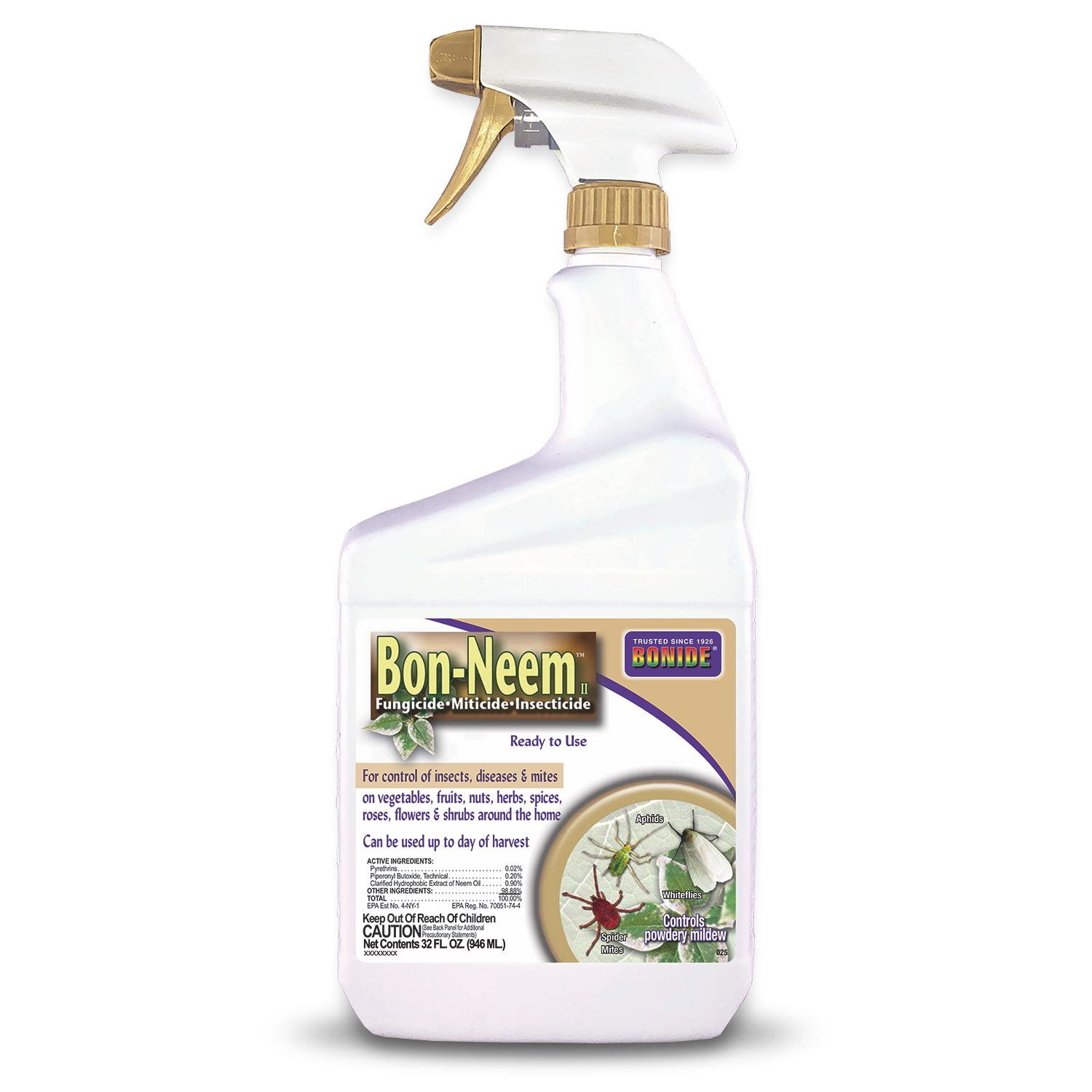
Mites are small arthropods with two body regions, sucking mouthparts, no antennae, and four pairs of legs as adults. The life cycle of a mite has four active stages: egg, larva, nymph, and adult. The life cycle requires one to four weeks and can result in high populations when there are favorable conditions. There are more than 250 species of mites. They have exploited an incredible array of habitats, and because of their microscopic size, go largely unnoticed. Many live in the soil or water, but there are also species which live as parasites on plants, animals and even other insects. Some will feed on mold.
Some species of mites can serve as vectors of disease, while others thrive on sucking sap juices out of plants. Mites can be found outdoors as well as indoors. Species of indoor mites can cause several forms of allergic diseases including hay fever, asthma and eczema. Indoor control strategies can start with regular cleaning/washing with hot water. Outdoor species can cause significant plant damage resulting in speckled foliage, foliage yellowing, and death of the plant if there is a heavy infestation. For sturdier outdoor plants, consider a forceful spray of water to dislodge the insect combined with insecticide sprays. Diagnosing the type of mite will help to select the best control strategy.











